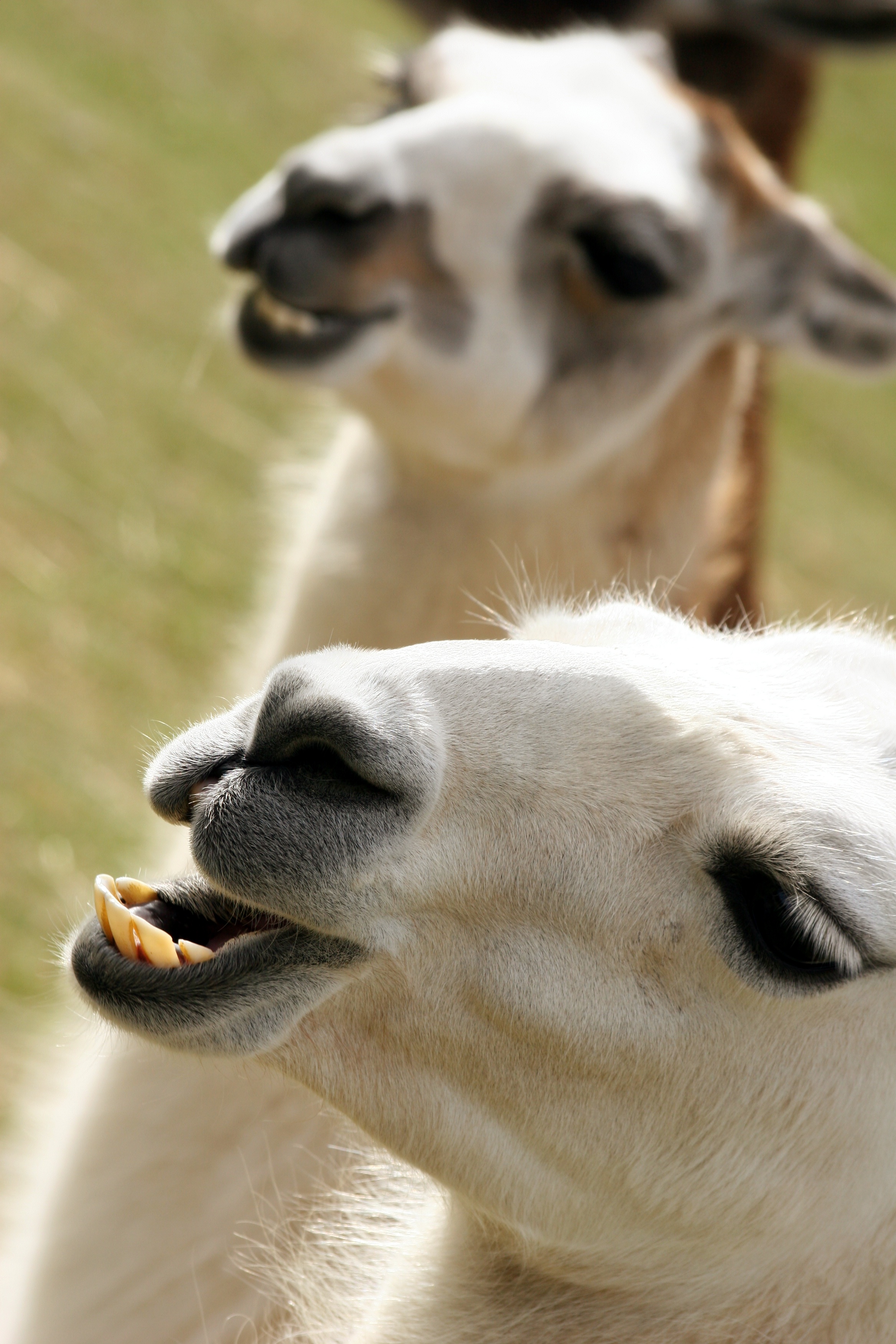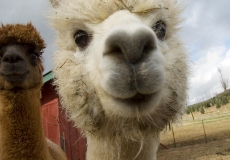Our Categories
Alpaca Sweaters
Men's Alpaca Sweater
Women's Alpaca Sweaters
Children's Alpaca Sweaters
Alpaca Clothing
Alpaca Capes
Alpaca Children Apparel
Alpaca Children Hats
Alpaca Children Sets
Alpaca Coats
Alpaca Hats
Alpaca Jackets
Alpaca Ponchos
Alpaca Scarves
Alpaca Sets
Alpaca Shawls
Alpaca Skirts
Alpaca Sweaters
Alpaca Sweatshirts
Alpaca Wraps
Alpaca Hats
Alpaca Classic Hats
Alpaca Hats for Dogs
Alpaca Children Hats
Alpaca Fur Hats
Alpaca Headbands
Alpaca Reversible Hats
Alpaca Solid Color Hats
Alpaca Accessories
Alpaca Fur Scarves
Alpaca Fur Slippers
Alpaca Gloves
Alpaca Socks
Alpaca Dog Clothing
Alpaca Dog Clothing
Alpaca Hats for Dogs
Alpaca Handmade Handbags
Alpaca Backpacks
Alpaca Handbags
Alpaca Travel Bags
Alpaca Stuffed Animals
All Alpaca Stuffed Animals
Alpaca Teddy Bears
All rights reserved
No part of this website may be reproduced, republished, copied, transmitted, or distributed in any form without INCASTREASURES's expressed written consent.
Why Alpaca is so Valuable?
An alpaca is a member of the camelid family. Most closely related to Llamas, and descendants of camels. Alpacas are small, gentle animals raised primarily for their soft, luxurious fiber. Their valuable fleece is harvested annually by shearing them in a way similar to the way sheep are shorn each spring.
Due to harsh weather conditions prevailing in the Andes and a unique protein-free diet, Alpacas grow a fine hair with remarkable softness, fineness, length and strength. The fiber measures an extraordinary 8 to 12 cm. in length, and, depending on the grade, a fine 16 to 30 microns in diameter. These unique fleeces offer a wide range of 30 natural colors. This wide spectrum of natural colors makes alpaca an attractive alternative for top designer's worldwide.
Alpacas are carefully tended on a small scale by native Andean herds people. Shearing takes place every two years, with each animal yielding about 7.8 pounds of fleece. The sheared fiber of live animals is so valuable that alpacas are rarely killed for their meat, and then principally as a source of much needed protein. When animals are lost due to natural causes, their pelts are used to make nice articles of fur.
Meet The Miracle Fiber
Imagine a fiber that is incredibly soft on the skin and luscious to touch. The fiber is extremely strong, yet lightweight. It contains no lanolin and is hypoallergenic. Finally, this miracle fiber would come in a wide range of natural colors but also accept dyes to provide the option of natural or dyed garments. Meet Alpaca fiber...
This rare luxury fiber is now available to you in modern styles reflecting the most current fashion trends in a variety of sizes and options!
So imagine a hypoallergenic, natural fiber, with the touch of cashmere, and the strength of modern synthetics. Imagine it in dozens of natural and dyed shades. Then imagine wrapping yourself in this affordable luxury... every day.
The Alpaca Fiber
Textiles are an important and unique aspect of Andean culture. The skilled workmanship apparent in alpaca textiles and garments is a result of centuries of knowledge and experience passed down through generations. The sweet-tempered, gentle alpaca is prized for its luxurious fiber, which is stronger and more resilient than merino sheep wool. Some characteristics of the alpaca fiber put it at the head of fine fibers.
Are you interese in becoming wholesaler? we will help you - Wholesale Information hereFinest fiber
To the touch, alpaca is soft and silky, with a rich handle and sensual drape. Alpaca is considered to be one of the finest fibers in the world. Alpaca yarns are usually knitted into sweaters, vests, gloves, socks and scarves. The end products are superb. Garments made from alpaca fiber exhibit a slippery, silky feel. They do not pill or lose their shape. Alpaca garments can be worn by those who are allergic to wool. Alpaca fiber is considered amongst the finest fibers by the fashion industry along with cashmere and silk. The fiber is often referred to as "the fiber of the Gods".
Thermal properties
Alpaca fiber is hollow, thereby providing excellent thermal properties within extremely lightweight garments. The alpaca fiber provides greater insulation and a wider comfort range with less weight. Compared to wool and cashmere, an alpaca garment is lighter, more breathable and far warmer. Precipitation does not readily penetrate an alpaca garment, allowing the wearer to remain warm and dry. This property also aids in wicking moisture away from the skin for better comfort and warmth.Endurance
Alpaca fiber is also extremely strong and durable. Numerous alpaca textiles over two thousand years old have been found in excellent condition with their original colors intact! Alpaca garments can be worn for years and still retain their original beauty. Additionally, alpaca garments and textiles are extremely resilient, won’t mat or pill, and are stain resistant.Natural colors
Alpaca fiber comes in an extraordinary variety of 22 natural colors, ranging from pure white through fawn, to a range of browns and a true jet black. Luxurious garments crafted from the silky fiber have the look and feel of cashmere. The alpaca fiber itself has many excellent characteristics. Visually, the alpaca fiber is unsurpassed for its range of rich, natural colors. From creamy white to lustrous black, with many grays and browns in between, there are at least twenty-five different natural shades. In addition, the fiber takes dye readily for an unlimited palette of beautiful colors.Hypo-allergenic / non itchy
Unlike wool, alpaca fleece contains no lanolin, and requires no chemical scouring agents for processing. This, combined with its natural hypo-allergenic properties and softness, makes alpaca garments comfortable, even for sensitive skin. The softness of Alpaca over wool of the same micron is due to a scale height of 0.4 micron for Alpaca versus 0.8 micron for wool. The lower scale height creates a smoother, slippery feel with a less scratchy surface. Alpaca has a much less prickle factor than merino because of the flatter scales on the fiber shaft.
Luxurious fiber
As alpaca fiber is a specialist fiber, in short supply compared to other natural fibers, it has always been priced high and is not subject to price fluctuations as say sheep's wool.Care
With minimal care and soft brushing the alpaca garments regain their original beauty year after year. Alpaca fiber is naturally clean because dust doesn't get trapped by this lanolin free fiber (wool has lanolin that attracts dust). So the care is simple and easier than wool because you will wash your alpaca garment occasionally by hand washing with mild shampoo. This procedure will guarantee years of enjoyment.Alpaca Fiber Characteristics
The fiber structure of Alpaca is similar to wool. The outer scales, called cuticle, are hard, flat cells which do not fit together evenly. The tips, or edges, of these cells point away from the fiber shaft, giving the fiber a serrated edge. It is these serrations which cause the fibers to grip together during manufacturing and form a strong yarn.To identify whether a fiber is wool, cashmere, mohair or Alpaca can be very difficult and somewhat subjective. Microscopic examination is necessary. Two elements distinguish fiber of the same micron count; scale height and scale frequency.
The softness of Alpaca over wool of the same micron is due to a scale height of 0.4 for Alpaca versus 0.8 for wool. The lower scale height creates a smoother handle with a less scratchy surface. Mohair, on the other hand, has a scale height similar to Alpaca but a frequency of 6 to 8 per 100 microns, versus a scale frequency of greater than 9 per 100 microns for Alpaca. The high frequency of scales along the fibers shaft also creates a softer feel.
Alpaca fiber also differs from wool due to the occasional presence of a medulla, or hollow center. Not all Alpaca fiber has a medulla, and some fiber has more pronounced medulla than others. The coarser fibers, such as guard hair, are primarily composed of medulla.
A little faq:
What is Baby Alpaca?
Baby Alpaca is the most rare and finest classification of Alpaca fiber. Don't worry, it is simply a measure of fiber density, not fleece from baby alpacas.How long have alpacas been raised?
Records show that Alpacas have been raised for over five thousand years, however there is speculation that they have been utilized for over nine thousand years.How long has alpaca been used as clothing?
Alpaca was the fiber reserved for Inca royalty dating back thousands of years. In the mid 1800's Sir Titus Salt (England) discovered the alpaca fiber and fashioned the first modern alpaca garments, high quality alpaca fiber can be
- Stronger than mohair
- Finer than cashmere
- Smooth as silk
- 5x warmer than lambs' woolAre the alpacas killed for their fleece?
Alpacas are the only livestock that are never slaughtered for their fleece. In fact, Alpacas are sheered on an annual basis.
How many colors does alpaca fleece come in?
There are 22 natural colors of alpaca fleece.











